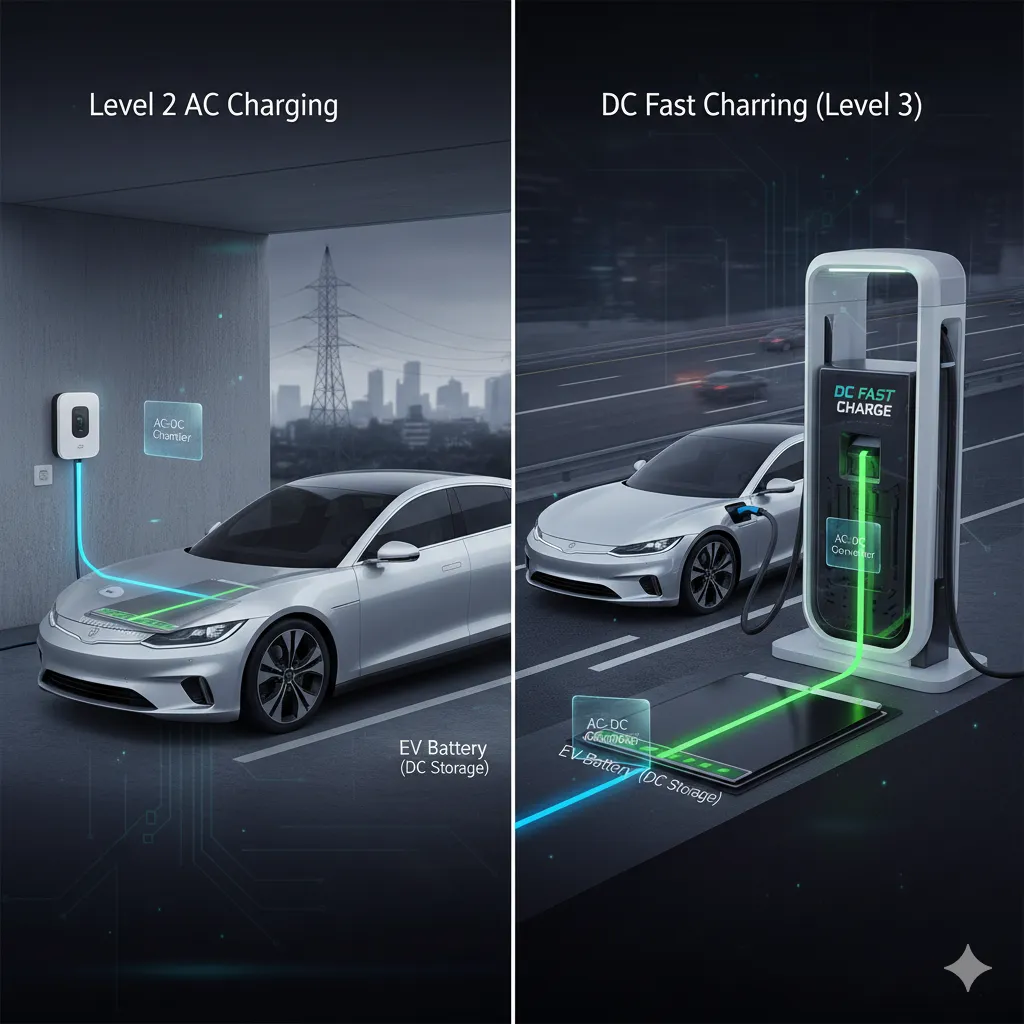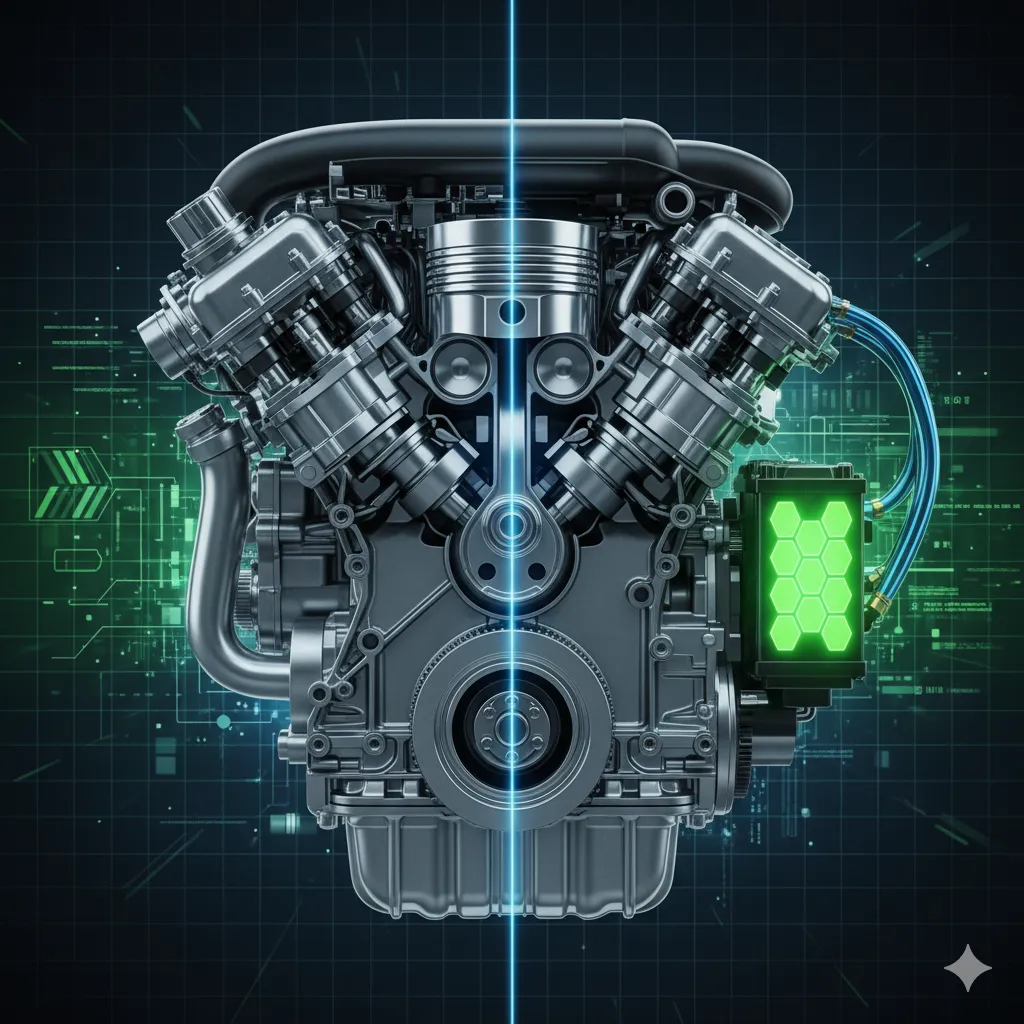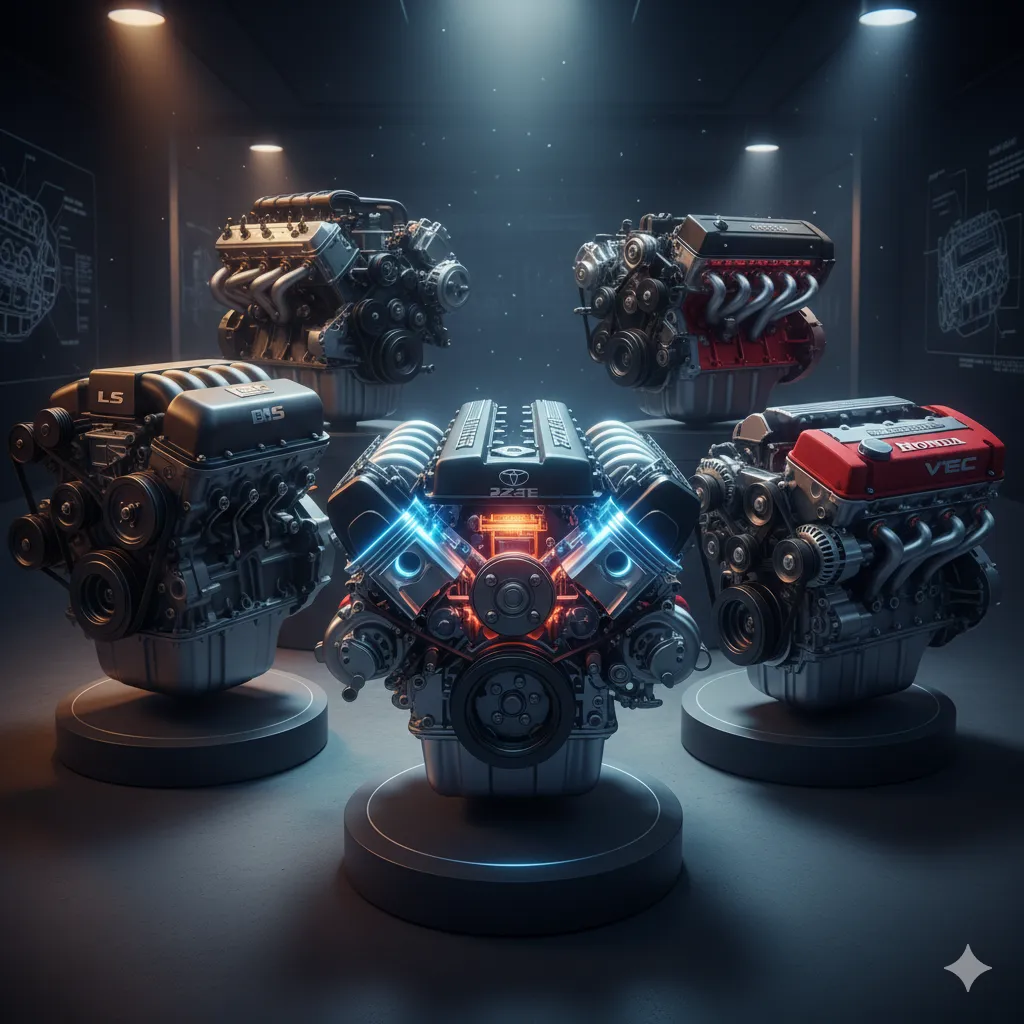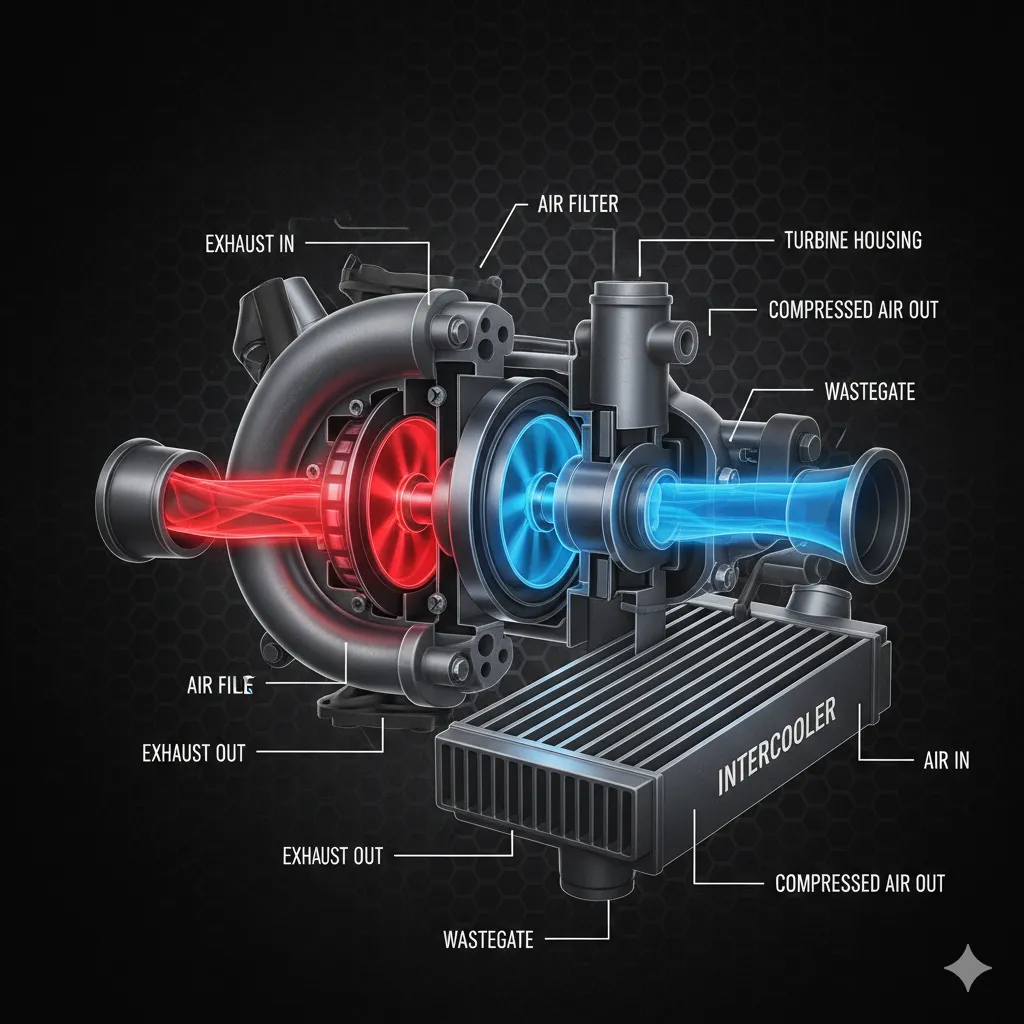
Unplugged: How EV Charging Works
Unplugged: Your Essential Guide to How EV Charging Works
The shift to electric vehicles (EVs) is accelerating, but for many newcomers, the concept of EV charging remains a mystery. Forget about gas stations—charging an electric car is a fundamentally different experience. It's more akin to plugging in your smartphone, just on a much larger scale.
Understanding how EV charging works is crucial for every current and prospective electric car owner. It’s not just about finding a plug; it's about knowing the right type of power, the different charging speeds, and how the entire system communicates to ensure your battery is safely and efficiently refueled.
This comprehensive guide will demystify the process, exploring the essential components, the three main charging levels, and the critical difference between AC and DC power that dictates your charging speed.
The Core Components: Electricity's Journey to Your Battery
When you plug in an electric vehicle, you are connecting it to the electrical grid. However, there's a vital conversion process that must take place before that energy can be stored and used.
1. Alternating Current (AC) vs. Direct Current (DC)
The electricity flowing from the power grid and into your home or a standard public charger is Alternating Current (AC). However, an EV’s battery can only store energy as Direct Current (DC). This difference is the single most important factor in understanding charging speed.
-
AC Charging: The AC power flows from the wall or charging station directly into the vehicle. The car then uses an onboard charger—a small, sophisticated component inside the EV—to convert the AC power into DC power suitable for the battery. Since the onboard charger is physically small, its conversion speed is limited, resulting in slower charging. This is typical for home and workplace charging.
-
DC Charging (DC Fast Charging): In this case, the conversion from AC to DC happens inside the charging station itself, before the power reaches the car. Because the charging station is large, it houses a much bigger, more powerful converter. This allows the DC power to bypass the car's onboard charger entirely and flow directly to the battery, resulting in a significantly faster charging experience.
2. The Electric Vehicle Supply Equipment (EVSE)
The "charger" you plug into—whether it's a home wall box or a public station—is technically called the EVSE. The EVSE's primary job is not to convert power (unless it’s a DC fast charger), but to act as a crucial communication and safety device.
-
Safety & Communication: The EVSE constantly communicates with the car to negotiate the maximum safe electrical current the vehicle can accept. It monitors the connection, ensuring proper grounding and locking the cable into the car during a session to prevent accidental disconnection or theft.
3. The Onboard Charger (Converter)
As mentioned, this component is inside the vehicle. For all Level 1 and Level 2 AC charging, the onboard charger is the bottleneck, as it determines the maximum rate at which the car can convert AC to DC. A car with a 7.2 kW onboard charger, for instance, cannot charge faster than that, even if the Level 2 EVSE offers 11 kW of power.
The Three Tiers of EV Charging Speeds
EV charging is categorized into three levels, which correspond to the speed and location of the charge.
1. Level 1 Charging
Level 1 is the most basic form of EV charging. It uses the standard 120-volt household outlet and the charging cable that typically comes with your car. While incredibly convenient because it requires no extra equipment installation, it is very slow.
-
LSI Keyword: Home EV charging
-
Charging Rate: Approximately 3 to 5 miles of range per hour.
-
Ideal For: Plugging in overnight to cover a short daily commute (e.g., 30–40 miles) or for use with a plug-in hybrid electric vehicle (PHEV) with a smaller battery.
2. Level 2 Charging
Level 2 is the sweet spot for most EV owners and is the most common type of public and home EV charging. It requires a dedicated 240-volt circuit, similar to an electric clothes dryer or oven, and a wall-mounted EVSE unit.
-
LSI Keyword: Fastest home charging
-
Charging Rate: Significantly faster than Level 1, typically adding 20 to 40 miles of range per hour. This speed can fully recharge an average EV battery overnight.
-
Ideal For: Daily drivers needing a full recharge overnight; common at workplaces, hotels, and retail parking lots.
3. DC Fast Charging (Level 3)
This is the fastest type of EV charging and the one that truly enables long-distance travel. As the name suggests, it uses Direct Current, bypassing the car's onboard converter.
-
LSI Keyword: Public charging stations
-
Charging Rate: Extremely high, often ranging from 50 kW to 350 kW, capable of replenishing a battery from 20% to 80% in as little as 20 to 40 minutes.
-
Note: The charging speed typically slows down significantly after 80% State of Charge (SoC) to protect the battery’s health. DC Fast Charging is designed for rapid top-ups on the road, not for daily use.
Understanding EV Connectors
Just like you can’t plug a European appliance into an American socket without an adapter, EV charging requires standardized connectors. In North America, the main connector types are:
-
J1772 (Type 1): The standard plug for nearly all non-Tesla EVs for Level 1 and Level 2 AC charging.
-
CCS (Combined Charging System): The modern standard for DC Fast Charging. It is essentially a J1772 plug with two large DC pins added underneath. Most new American and European EVs use this.
-
NACS (North American Charging Standard / Tesla): Tesla’s proprietary plug, which works for all charging levels (Level 1, Level 2, and DC Supercharging). Many automakers are now adopting this plug for future models.
-
CHAdeMO: An older DC Fast Charging standard, primarily used by Nissan and Mitsubishi. It is being phased out in favor of CCS in most new installations.
The Future of Charging: Smart and Bi-Directional
The world of EV charging is evolving rapidly, moving toward smarter and more integrated systems.
-
Smart Charging: Future chargers will communicate not only with the car but also with the electricity grid. This allows for scheduled charging during off-peak hours when electricity is cheaper and greener, optimizing energy use.
-
Vehicle-to-Grid (V2G) & Bi-Directional Charging: This technology allows your electric car to act as a large battery for your home or the grid. In an emergency or during peak demand, the car could send power back to your house, proving its value as a mobile energy storage unit.
-
Wireless Charging: Imagine parking your car over a charging pad in your garage and having it charge automatically via magnetic induction—no cables necessary. This is an emerging technology that promises ultimate convenience.
Conclusion: Charging is Easier Than You Think
The complex internal workings of EV charging—the AC/DC conversion, the safety protocols, and the power negotiation—are handled seamlessly by your vehicle and the charging station.
For the average driver, the takeaway is simple: Level 2 home EV charging is the easiest, cheapest, and most convenient daily solution, while DC Fast Charging is reserved for the necessary speed of long road trips. As infrastructure continues to expand and charging standards converge, the process of refueling your electric vehicle will only become more intuitive and accessible for everyone.
FAQs on EV Charging
Q1: Does DC Fast Charging hurt my battery?
A: Modern electric vehicles have sophisticated Battery Management Systems (BMS) that control the charging rate, even during high-power DC fast charging, to prevent damage. While frequent, exclusive use of DC Fast Charging can lead to slightly faster degradation compared to Level 2 AC charging, the effect is generally minimal and outweighed by the convenience for road trips.
Q2: What is an EV’s "onboard charger"?
A: The onboard charger is a component inside the car that is responsible for converting the incoming Alternating Current (AC) from Level 1 and Level 2 stations into Direct Current (DC) that the battery can store. Its capacity (typically 6.6 kW to 11 kW) is the speed limit for AC charging, regardless of the charger's power output.
Q3: Is Level 3 charging the same as DC Fast Charging?
A: Yes, the terms are often used interchangeably. Level 3 is the technical classification for high-power charging that uses Direct Current (DC) power directly delivered to the battery, which is why it is also known as DC Fast Charging or sometimes "DC Quick Charging."
External Links
-
US Department of Energy - Alternative Fuels Data Center: (A government source for charger standards and technical data)
-
Electrify America (A major public charging network explaining their technology)
-
SAE International (The standards organization behind many charging plugs like J1772 and CCS)




